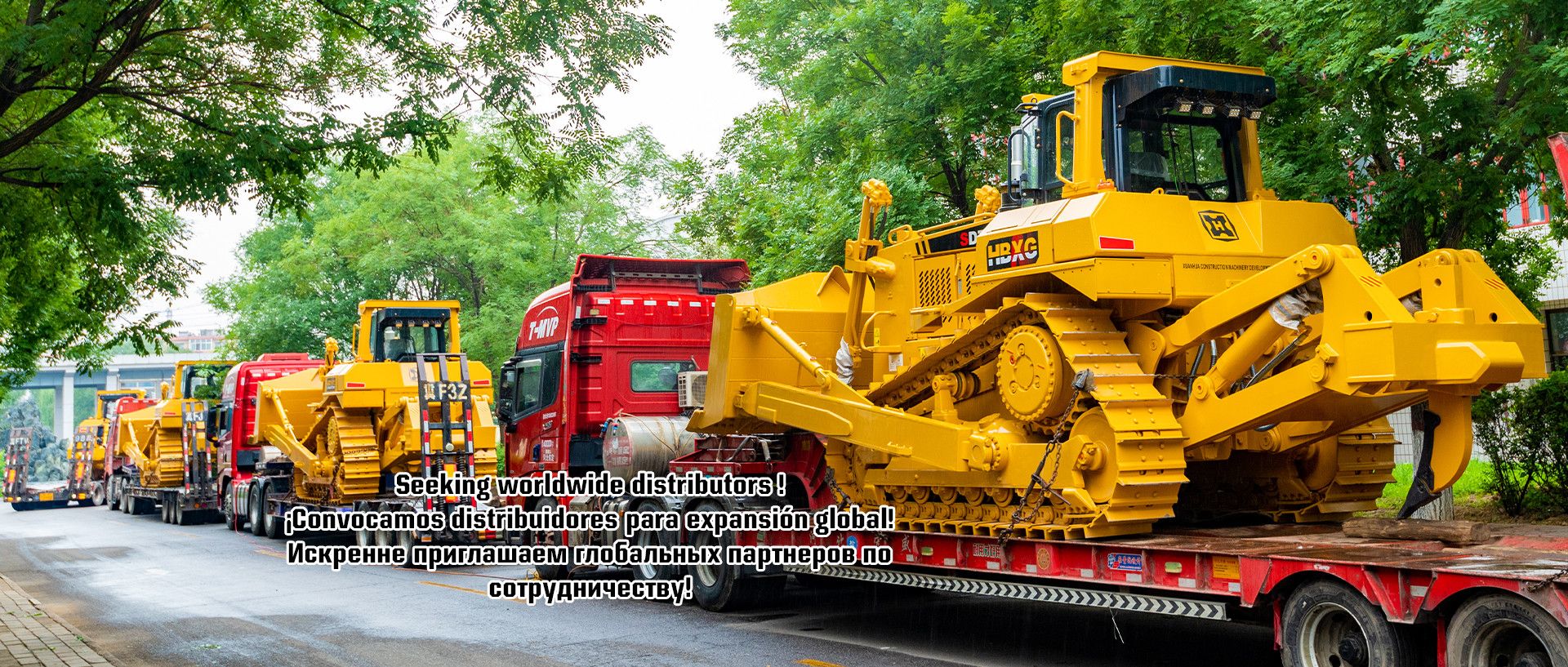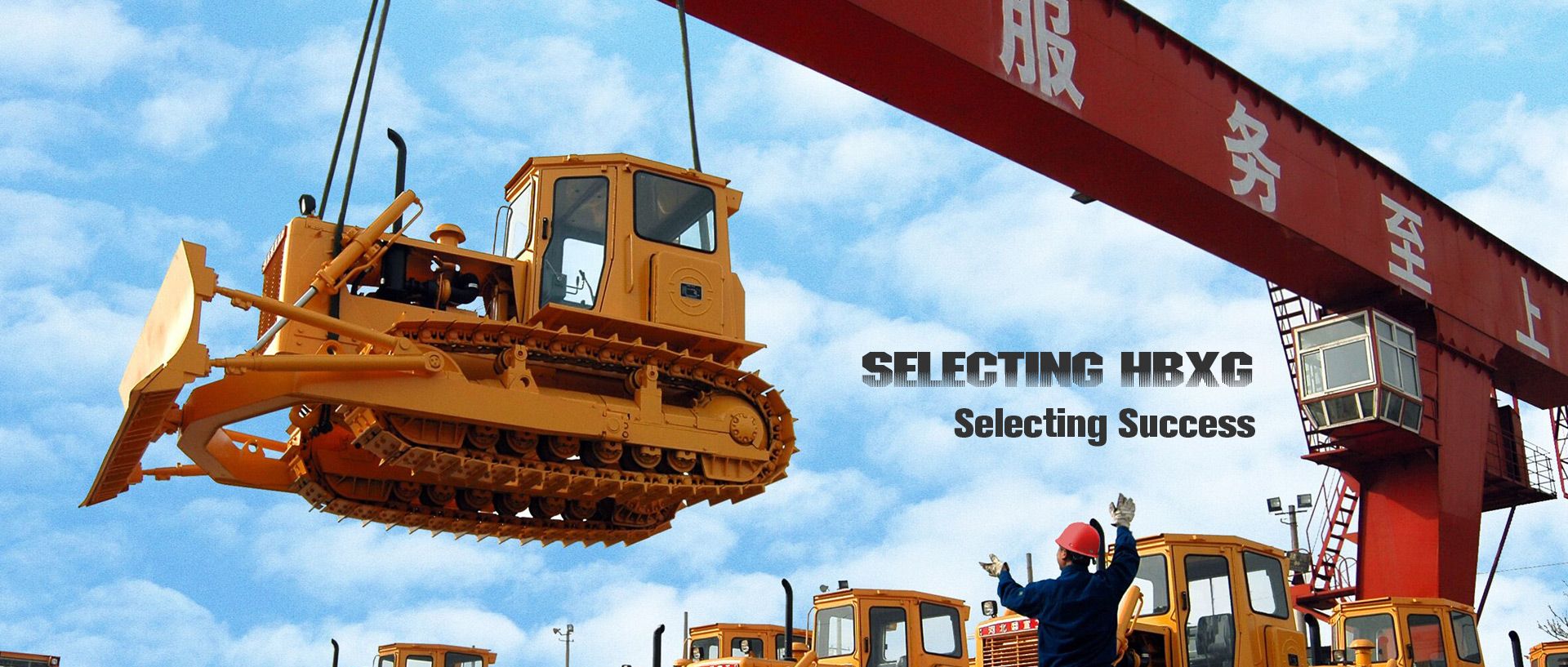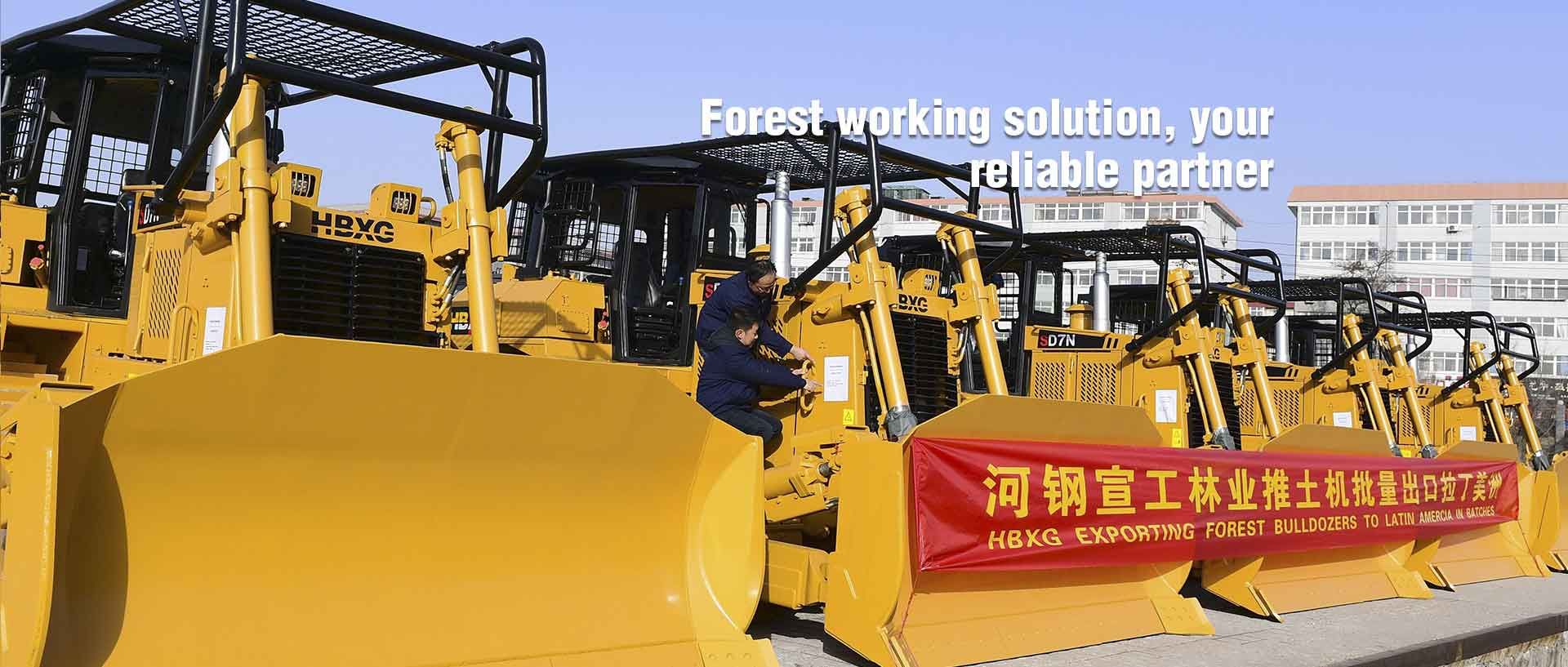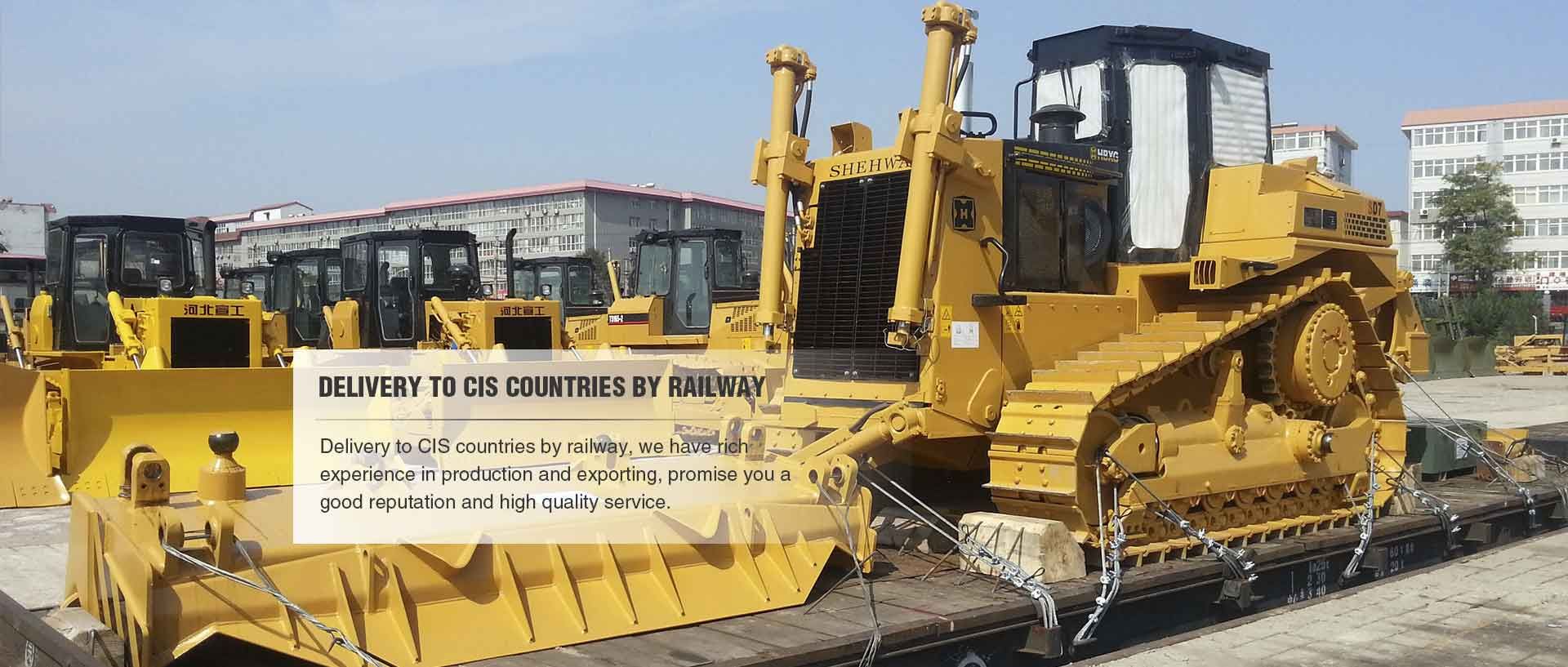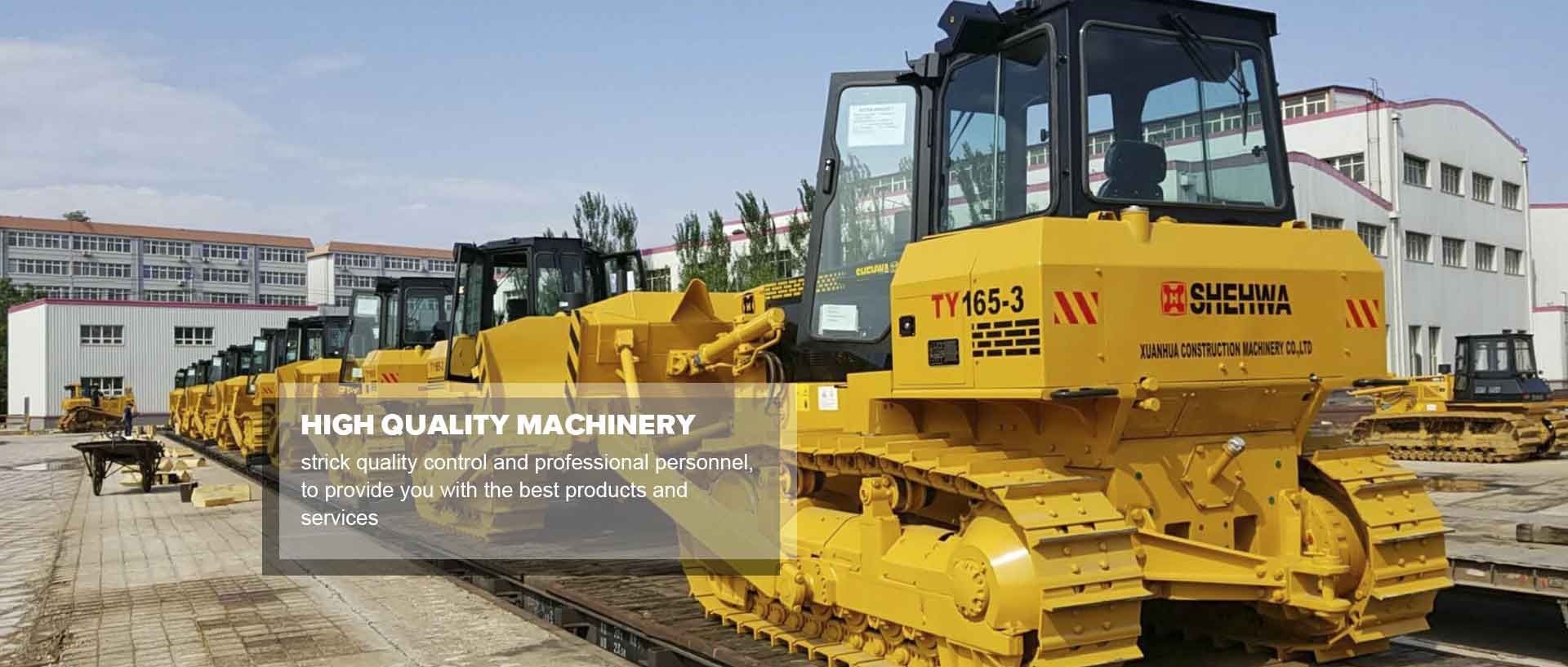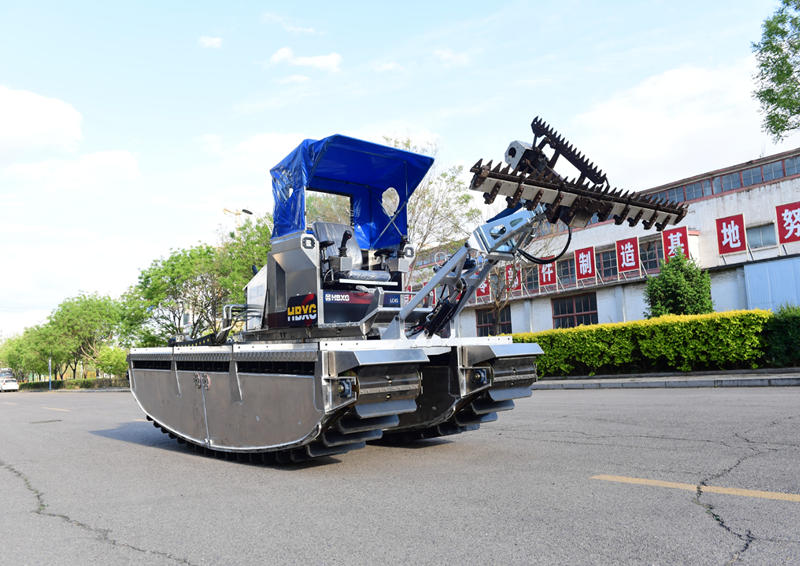Choosing the Water Cleaning Amphibious Vehicles
 Aug. 26, 2024
Aug. 26, 2024
Water cleaning amphibious vehicles are versatile machines designed to operate on both land and water, making them ideal for cleaning lakes, rivers, and other aquatic environments. These vehicles are used in a variety of applications, including removing debris, collecting aquatic plants, and even performing oil spill cleanups. Before investing in one of these vehicles, it's important to understand their key features, benefits, and the factors to consider when making a purchase. This guide will walk you through what you need to know to make an informed decision.
Understanding Water Cleaning Amphibious Vehicles
Water cleaning amphibious vehicles are specially designed to transition seamlessly between land and water. These machines typically feature a robust chassis, buoyant hull, and specialized attachments for cleaning tasks. Their amphibious nature allows them to access hard-to-reach areas in both shallow and deep waters, making them invaluable for maintaining waterways.
Depending on the model, these vehicles can be equipped with different tools, such as rakes, cutting blades, and suction devices, to tackle various cleaning tasks. Some models even have the capability to operate autonomously, reducing the need for manual labor and improving efficiency.
Key Features to Look for in Amphibious Cleaning Vehicles
When buying a water cleaning amphibious vehicle, consider the following features to ensure it meets your specific needs:
Size and Capacity: The size of the vehicle should be appropriate for the bodies of water you intend to clean. Larger vehicles are better suited for extensive water areas, while smaller models are ideal for more confined spaces.
Power and Performance: Look for a vehicle with sufficient power to handle the cleaning tasks you require. This includes both the propulsion system and the cleaning attachments.
Attachments and Versatility: Check for the availability of interchangeable tools and attachments, allowing you to tackle different cleaning challenges with the same vehicle.
Ease of Operation: User-friendly controls and features such as remote operation or autonomous capabilities can significantly reduce labor costs and increase productivity.
Durability and Maintenance: Choose a vehicle built from durable materials that can withstand harsh conditions. Also, consider the ease of maintenance and availability of spare parts.
Benefits of Using Water Cleaning Amphibious Vehicles
Water cleaning amphibious vehicles offer several benefits, making them a worthwhile investment for environmental management:
Versatility: These vehicles can operate on both land and water, allowing you to clean a wide range of environments without the need for multiple machines.
Efficiency: With specialized attachments, amphibious vehicles can quickly and effectively remove debris, aquatic plants, and other pollutants from water bodies.
Cost-Effective: Investing in a single versatile machine reduces the need for separate land and water cleaning equipment, saving on overall costs.
Environmental Impact: By keeping waterways clean, these vehicles help preserve aquatic ecosystems and improve water quality for wildlife and human use.
Factors to Consider Before Buying
When considering the purchase of a water cleaning amphibious vehicle, there are several key factors to take into account:
Purpose and Usage: Determine the primary use of the vehicle. Are you focusing on aquatic plant removal, debris collection, or oil spill cleanup? Different models are tailored for specific tasks.
Budget: Amphibious vehicles can vary greatly in price depending on their size, features, and capabilities. Set a budget that aligns with your needs and explore models within that range.
Maintenance and Support: Ensure that the manufacturer offers good customer support and that replacement parts are readily available. Regular maintenance is crucial to keep the vehicle in optimal working condition.
Environmental Regulations: Check local regulations regarding the use of amphibious vehicles in water bodies to ensure compliance with environmental standards.
Questions and Answers About Water Cleaning Amphibious Vehicles
Q: Can amphibious vehicles be used in both freshwater and saltwater?
A: Yes, most amphibious vehicles are designed to operate in both freshwater and saltwater environments. However, regular maintenance and corrosion protection are essential when using them in saltwater to prevent damage.
Q: How long do amphibious vehicles typically last?
A: The lifespan of an amphibious vehicle depends on its usage, maintenance, and the environment in which it operates. With proper care and regular maintenance, these vehicles can last for many years.
Q: Do I need a special license to operate an amphibious vehicle?
A: Licensing requirements vary by region. In some areas, you may need a special permit or operator's license, especially if the vehicle is used in public waterways. Always check local regulations before operating the vehicle.
Water cleaning amphibious vehicles are a valuable asset for maintaining clean and healthy water bodies. By understanding the key features, benefits, and considerations, you can make an informed purchase that meets your environmental management needs.















